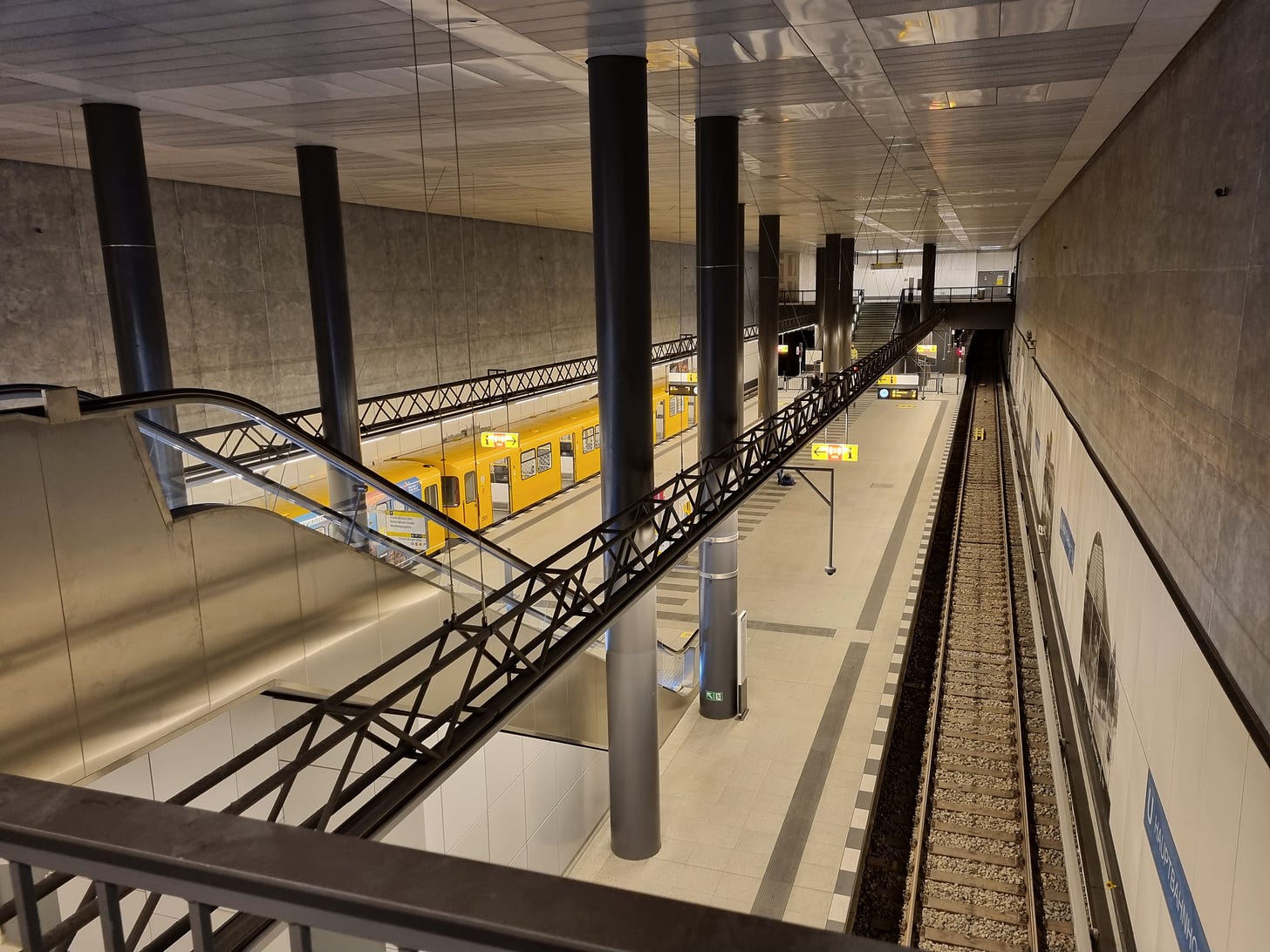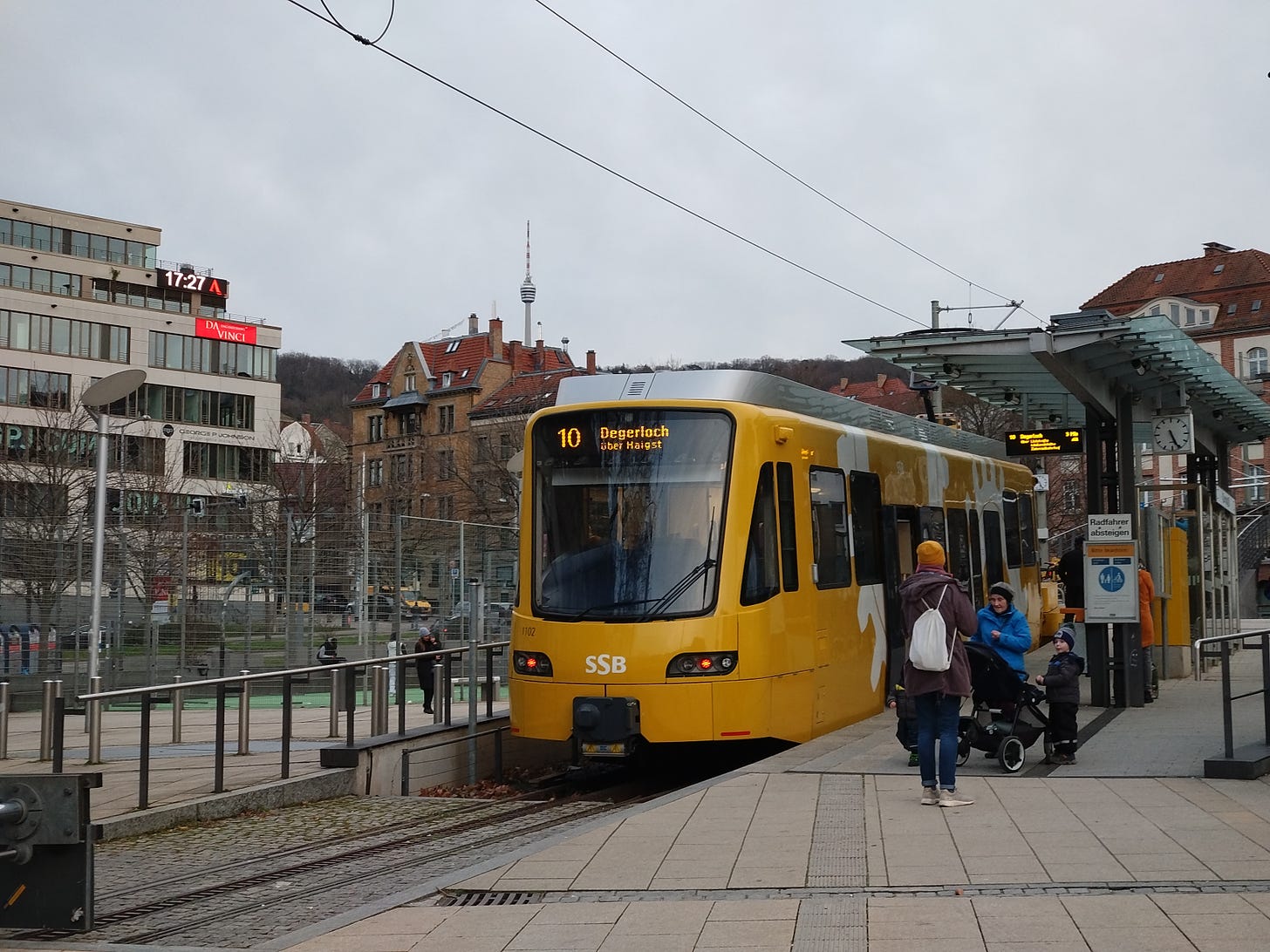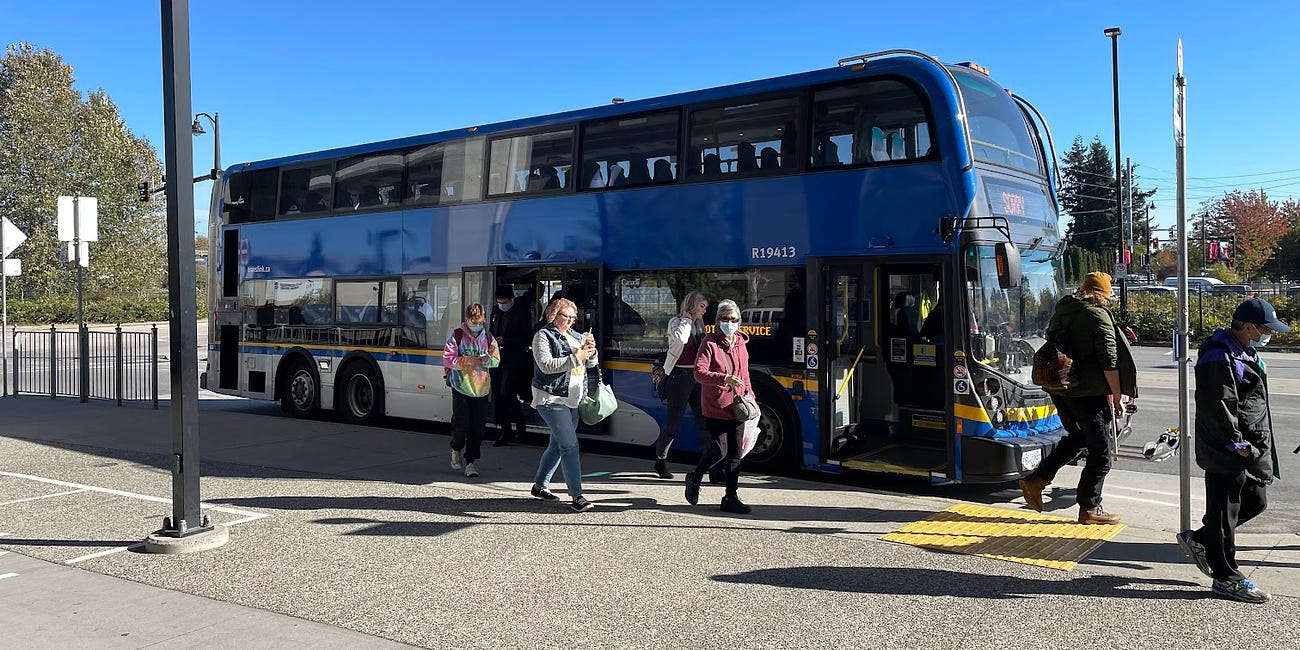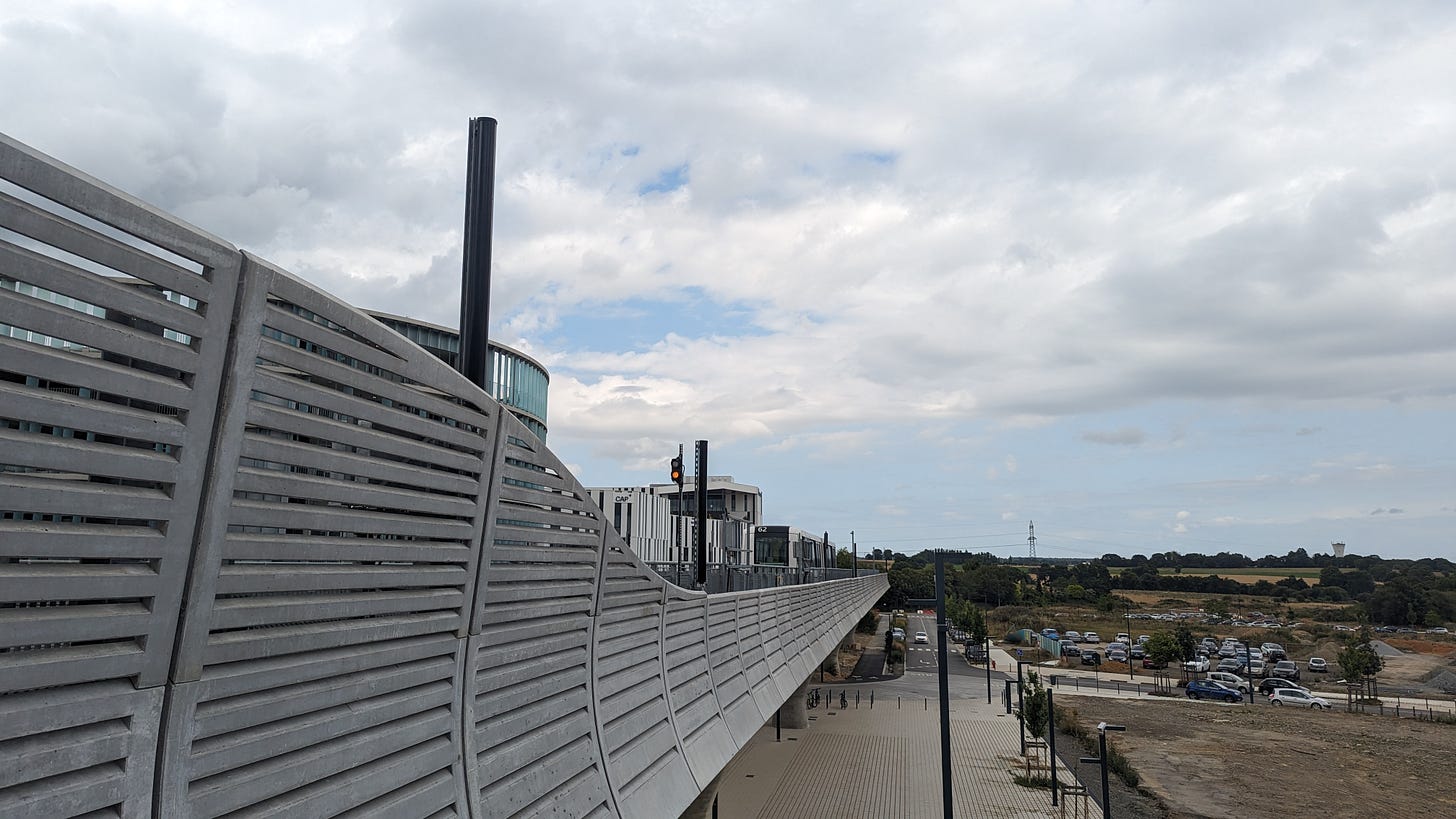The first edition of my “The Good and Bad” series on Australian transit (and railways) did really well and so naturally I decided I should do another, and so today we will be talking about Germany! I have done a lot of videos about the country including in-depth explainers on Berlin, Hamburg and Munich (one is coming soon on Stuttgart).
It’s worth reiterating that this series will by no means be limited to covering any single country once, each edition is just a few points that I think are worth learning from, in the future as I come up with more potential learnings I will write more versions (and probably link chain the earlier ones!)
Light Rail Nation
While many countries have “light rail” systems, few are as developed as those in Germany (the country that really developed the mode and produced most of the early vehicles). Such systems (notable ones exist in Stuttgart and Frankfurt) really do feel like a tram-subway hybrid, with lots of street right of way running and tons of overlapping routes and also lots of tunnels and high floor vehicles. While cities around the world have adopted “light rail” as a mode, the systems rarely function quite like those in Germany.
The Stuttgart Stadtbahn is a good example of this. A significant part of the system does run on streets or at least in the middle of them, but the network is also covered in tunnels (basically no elevated sections though), including quite a complex mesh of them in the city centre. There are also far more services operating than on most “light rail” systems around the world — especially on circumferential routes that don’t touch the city centre and utilize excess capacity on branches. What’s also interesting is that these systems were the result of decades of tuning rather than being newly-built as they are today, and I think that is all the more reason to carefully study their design.
When a system has existed for a long time (and gets the attention and funding it needs), you can identify common patterns such as places where grade separations were built, and track and station layouts adjusted. In many cases, you can also see that the “transition” from trams onwards is ongoing: a lot of provisions have been made for future expansion and “subway-ification” and there’s a lot to learn there too.
I’d be remiss if I didn’t also mention Karlsruhe, which originated the idea of “tram-trains” and has built a system so successful that it’s kind of turning into a transit topology that you don’t see in many places — with a city centre low-floor tram tunnel needed to relieve surface congestion.
I think on the whole Germany is very pragmatic with its urban rail transit, which leads to a lot of interesting systems and infrastructure being developed — modes that have emerged in the country have been built around solving particular transit problems (connecting towns with trams along mainlines, funnelling suburban trains through city centres, etc.) and I find that really interesting.
Sleeping on Metro
Germany while really good at decidedly not metro light rail does feel like it lags behind a bit on metros. To be clear Germany does have some solid rapid transit systems - particularly the Berlin U-Bahn but, it’s hard not to feel like something is missing.
For one, a lot of the German metro trackage does not see super frequent trains, you could chalk this up to low demand but, I think the problem is probably a bit of missing the benefits of frequency beyond a certain “base” frequent service.
That is not fully appreciating that trains every 3 minutes are meaningfully more attractive to riders than trains every 5 (and trains every 90-120 seconds even moreso). That kind of sucks, because the time to access the platforms at a lot of German metro stations tends to be extremely fast thanks to shallow designs.
Another thing that is surprising is that no German rapid transit system (U-Bahn, S-Bahn, or Stadtbahn) has platform screen doors — and no, airport people movers do not count. Doors were discussed in Munich (and might still happen?) and they will be coming with Hamburg’s new U-Bahn line in a few years, but I still find this quite surprising. Germany is obviously miles ahead of the US and Canada on a lot of matters of public transportation, and yet both of those countries managed to open systems with screen doors or gates before it. I can’t say for sure why that is (retrofits have been done in plenty of cities so I don’t see not having enough new rapid transit projects as a great reason) but, it does feel like a real gap in what are otherwise some excellent systems. While there are a lot of people out there who talk about screen doors like they are only valuable for a very narrow purpose they are actually also great for accessibility.
Probably in large part because of the popularity of the light rail systems I talked about in the first section, you also don’t see small German cities with full U-Bahn systems (perhaps this will change with VAL now in the hands of Siemens?). Such systems exist in a few places in France, Switzerland, and Italy, and I think they have some unique benefits that trams can’t offer — such as higher capacity, faster service, and more frequency. I don’t have a particular city in mind that I’d like to see with this type of service, and if such a system existed, it would need to operate more frequently than most U-Bahns do.
Standardization of Trains and Branding
One fantastic element of transit in Germany that is rather unique to it is the significant standardization across the country in a number of things.
The most obvious example I can think of is how signage for U-Bahn and S-Bahn are standard across the entire country and beyond (there may be other examples I am forgetting so let me know in the comments — I know roundels have popped up in some surprising places). Having a transit system that is legible nationwide is a very cool idea, especially when you have such strong regional and slightly less strong high speed rail service. This enables folks travelling from one German city to another to hit the ground running rather than having to relearn what the “metro” is called and I think its value is seriously underrated. (The conventions for line numbering are also very interesting!)
Since Deutsche Bahn also operates so much of the mainline rail service nationwide there is also a lot of standardization in things like rolling stock - for example Munich and Stuttgart (and other cities) using the same S-Bahn trains. This obviously does happen in other countries but, seeing it on rapid transit is less common.
What country would you like me to cover next? Let me know in the comments!









The consistent naming also extents to regional rail. With RE (Regional Express) being well express services and RB (Regional Bahn) being stopping services. Also I think an interesting project to look at is the RRX. It takes the concepts that a lot of S-Bahn Networks use to direct multiple REs through a core segment to get 15 min frequency between the biggest Cities in NRW.
I'd be interested in one of these on Italy; Naples has got to have one of the wackier mixed of urban mass transit modes out there...